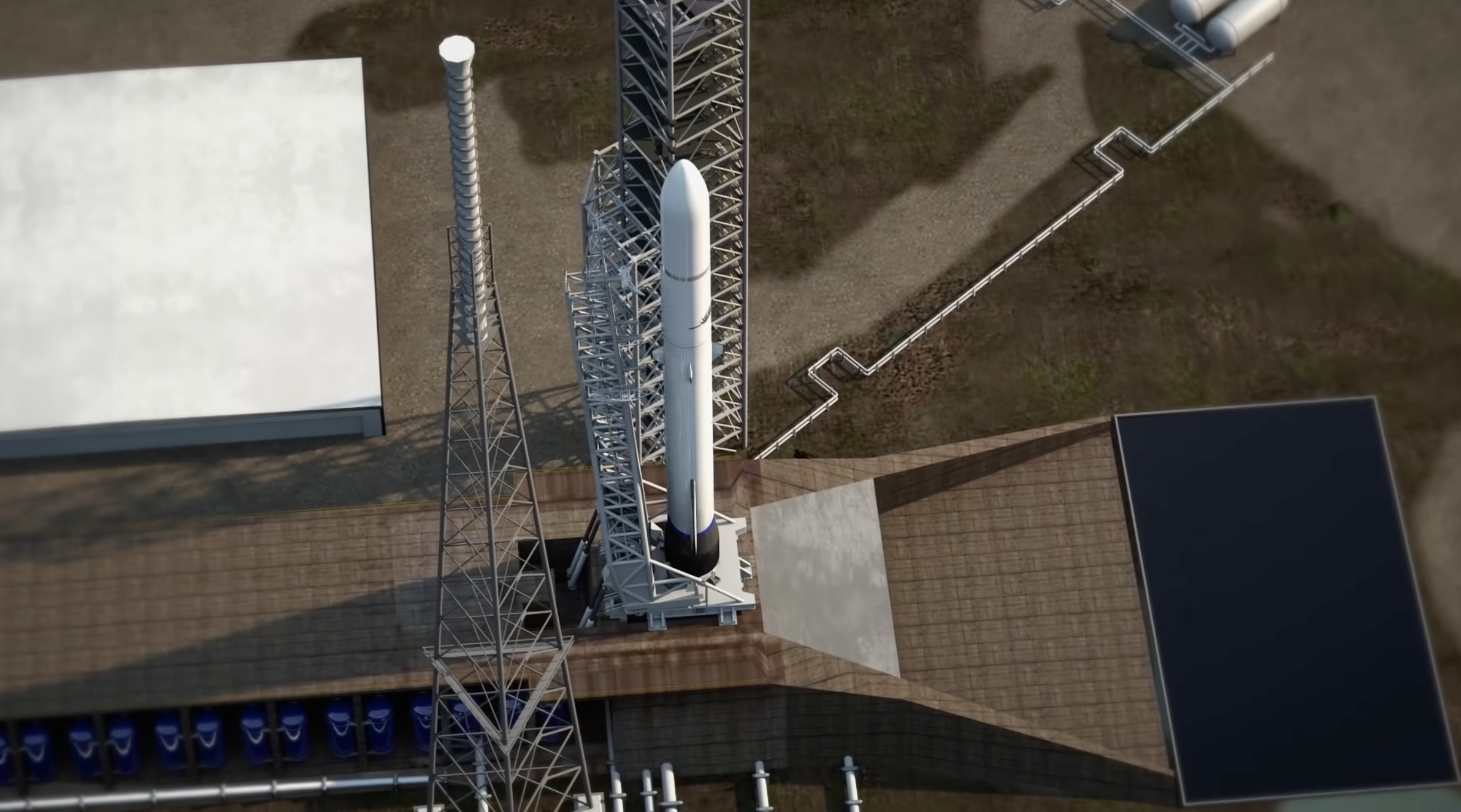WASHINGTON — Blue Origin has won its first NASA award for its New Glenn rocket, with the agency selecting the large rocket to launch a pair of Martian smallsats.
NASA announced Feb. 9 it selected New Glenn for the launch of the two Escape and Plasma Acceleration and Dynamics Explorers (ESCAPADE) spacecraft. The rocket will launch ESCAPADE in late 2024, with the spacecraft entering orbit around Mars 11 months later.
The award, a task order under NASA’s Venture-Class Acquisition of Dedicated and Rideshare (VADR) contract, is the first NASA has issued for New Glenn, the large rocket Blue Origin has been working on for several years but has yet to launch. Blue Origin has previously won business from several commercial customers, including Amazon, which awarded the company a contract last April for 12 launches of Project Kuiper satellites, with an option for 15 more.
“ESCAPADE follows a long tradition of NASA Mars science and exploration missions, and we’re thrilled NASA’s Launch Services Program has selected New Glenn to launch the instruments that will study Mars’s magnetosphere,” said Jarrett Jones, senior vice president for New Glenn at Blue Origin, in a company statement.
Neither NASA nor Blue Origin provided additional details about the award. The company did not respond to questions about the award, including whether the launch would be a dedicated mission or if the ESCAPADE spacecraft will fly as rideshare payloads on another mission. Each ESCAPADE spacecraft weighs about 120 kilograms, excluding propellant, according to a 2022 conference paper about the mission. That suggests that New Glenn, designed to place up to 45 metric tons into low Earth orbit, is significantly oversized to launch ESCAPADE as a dedicated mission.
The company also did not disclose the value of the launch award. In another VADR award in November to Rocket Lab, for the launch of four TROPICS cubesats designed to monitor tropical weather systems, NASA declined to disclose the contract value because VADR task orders “are competed in a closed environment and as such are considered proprietary.” Government procurement databases later listed the value of the award at $12.99 million, with about $2.6 million obligated to date.
NASA selected ESCAPADE in 2019 as one of three missions in its Small Innovative Missions for Planetary Exploration (SIMPLEx) program, cost-capped at $55 million each. NASA envisioned launching all three as rideshares on other missions, with ESCAPADE and the Janus asteroid mission originally manifested as secondary payloads on the launch of the Psyche asteroid mission, while the Lunar Trailblazer mission would share a launch with the IMAP space science mission.
However, NASA removed ESCAPADE from the Psyche launch in 2020 after concluding that a change in that mission’s trajectory, linked to a change in launch vehicles from Falcon 9 to Falcon Heavy, would not allow ESCAPADE to go into Mars orbit as originally designed.
That put the ESCAPADE mission in jeopardy. In 2021, Rocket Lab announced it would develop redesigned versions of the spacecraft for launch in 2024, and the mission passed a review later that year allowing it to proceed into full-scale development.
Other SIMPLEx missions have run into rideshare launch challenges. The delay of Psyche’s launch from August 2022 to October 2023 meant that Janus could no longer reach its planned asteroids. Janus was formally removed from the Psyche launch last November and the mission’s principal investigator said Jan. 25 his team is looking for alternative missions for the twin spacecraft, which are nearly complete.
NASA last year moved the Lunar Trailblazer spacecraft from the IMAP launch, which is scheduled for early 2025, to IM-2, the second lunar lander mission by Intuitive Machines scheduled for the second half of 2023. That change in launch, along with technical issues with the spacecraft, pushed up the cost of Lunar Trailblazer to $72 million.
According to the conference publication, ESCAPADE has a total cost of $78.5 million, a figure that includes launch and project reserves.
